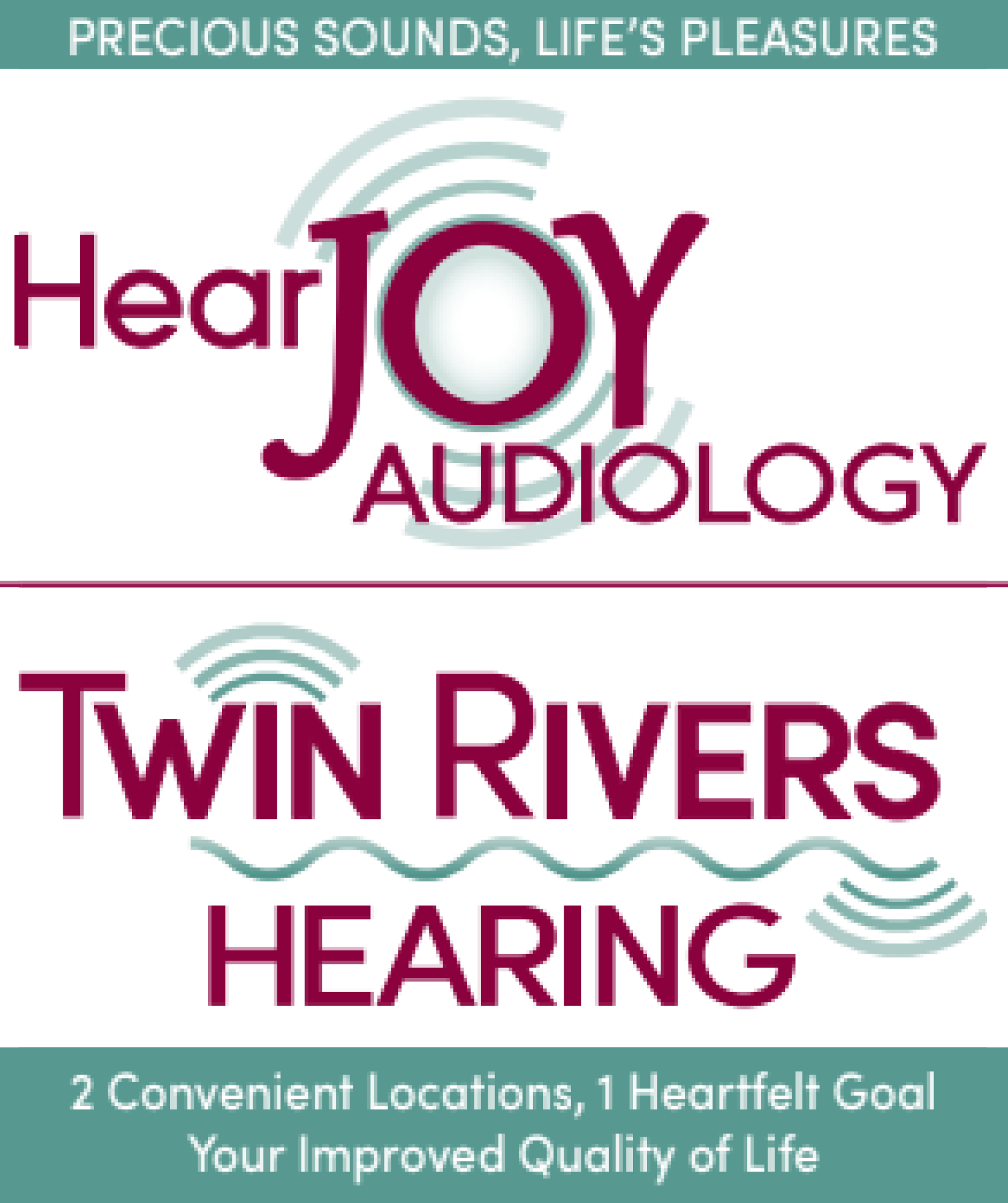Keep Hearing Devices on your Baby
Infants learn very quickly and new neural connections are made more rapidly now than at any other stage of life.
Having babies use hearing devices within one month of identifying the need optimizes language learning opportunities. Babies learn best in a natural progression and by fitting them with devices as soon as possible, they can maintain that natural progression. Making the devices part of their daily routine before they find their ears and the devices makes the curiosity stage much easier. Babies learn through play, so playing with the devices is how they learn about them. They explore by taking the devices off, putting them into their mouths or simply tugging at them. This is a stage of development, like when they find their feet. The best course of action is to calmly put them back in. Letting them watch you put them in with a mirror can be helpful.
To reduce the risk of loss and damage during these learning explorations, bonnets, straps and clips can be very helpful. Making these retention options and the devices themselves colorful helps you locate them in the house and car. We do not suggest leaving the baby unattended with the hearing aids or without an adult in the backseat of the car.
Sources for retention solutions:
- Bonnets for infants:
- Hanna Andersson pilot cap - www.silkawear.com
*Be aware that material over the hearing device microphones can alter sound.
- Hanna Andersson pilot cap - www.silkawear.com
- Straps and clips:
- www.getsafensound.com
- www.gearforears.com
- www.meandmybow.com (for bone conduction hearing aids)

Moisture Solutions:
For children who perspire, live in humid places or put the devices into their mouths, moisture can damage the devices. If water infiltrates the device, it blocks the flow of battery current causing the devices to turn off. Nightly use of a dry jar or electric drying box (Dry and Store Zephyr is available through Amazon) is recommended. Super seals wrap the hearing devices in a rubbery sleeve. www.justbekuz.com is a source for these solutions.
Babies want to hear!
If the devices work, children will wear them. They do not have any pre-conceived notions about hearing devices. Engage them socially with sound, stories and music to encourage use. Encourage vocalizations by mirroring back the sounds your baby makes, such as cooing and raspberries. Once they begin approximating or producing words, you can expand on what they are saying. For example, in response to “baba”, you could say “yes, we are getting your bottle ready.” Associating routines with songs helps babies connect sound and meaning; for example, a song you sing at every bath time. You can make these up. They begin to associate the song with the routine activity. Dancing and singing are recommended to help babies associate sound with related activities. Reading to your baby starting in infancy promotes good reading skills in the future.
Babies learn by playing with objects. The hearing devices may become objects of curiosity. You can supervise their studying the devices. You can distract them with toys and by redirecting attention. Some babies remove them when they get tired, which is to be expected. If they truly don’t want to wear them, please let your audiologist know so she or he can investigate why. Try to observe patterns to when they remove them. Sometimes they are simply cranky and tired.
Here are a few possible reasons for rejection:
- Earmold fit: New ones may be too tight. Babies’ ears grow very quickly. Sometimes they need new earmolds every 2 to 3 weeks. Outgrown earmolds can cause discomfort.
- Ear infections and teething pain.
- The devices may not be loud enough or are too loud.
- They have learned that if they make their devices whistle or if they pull them out, an adult will come running.
The stage of fussing with the devices will end. It takes patience and calm persistence. Your efforts will be well worth it as the access to good speech and language stimulation pays dividends throughout your baby’s life.
